CURRICULUM
Physical Education
PE Curriculum Intent
Physical Education provides opportunities for all to students to practice, develop and analyse their skills whilst understanding the importance of life-long fitness and participation.
Click here to see where PE can take you
KEY STRANDS
Skill Based Practices
Students are given wide exposure to developing skills by practicing and performing them in non-competitive and conditioned game situations in years 7 and 8. This provides a platform to perform these skills in competitive situations within years 9, 10 and 11.
We provide opportunities for students to analyse their performance and that of others. We do this through techniques, strategies and tactics. This encourages students to improve skills so that they are technically correct as well as positively influencing performance outcomes in conditioned and competitive situations.
Analysing Performance
Healthy Participation
Our students gain an understanding to the role that physical education and school sport plays in promoting healthy and lifelong participation. Students will know the short and long-term benefits of physical activity and have an understanding to factors that may affect participation. Students will be able to use this knowledge to make informed decisions with regards, exercise, diet and health throughout their lives.
Curriculum Structure
Students follow a carousel of activities within years 7, 8 and 9 where skills and concepts are interleaved. They are broad and balanced covering invasion-based activities, athletics, problem solving, striking/fielding and various gymnastic disciplines. Student’s opting to study GCSE PE or BTEC Sport follow an interleaving curriculum theoretical where a bespoke practical curriculum can be applied to suit individual students.
Year 7

Fundamental Skills
An introduction to key skills
Skills -
Students are introduced to a wide variety of skills, ball handling/control, moving with a ball, running, jumping, throwing, teamwork and communication skills.

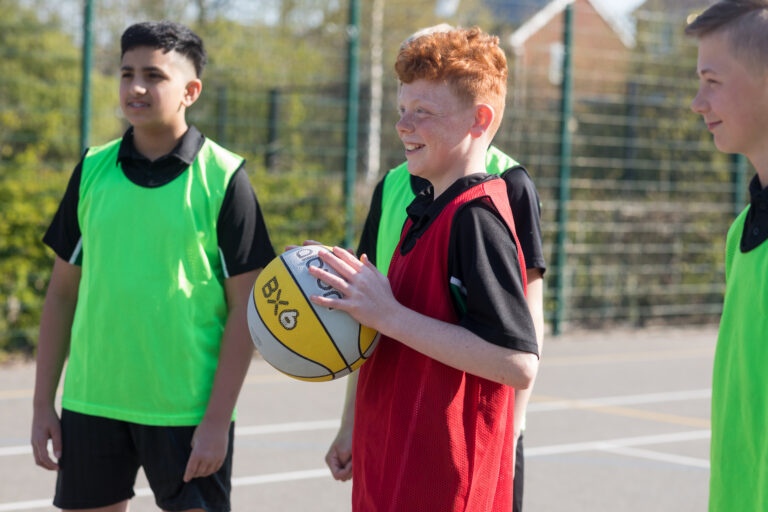
Invasion
Introduction to Invasion Games
Skills
Students will experience a range of skills and conditioned practices within the following invasion games, football, rugby, hockey and netball. Skills developed are often transferable between activity to activity.

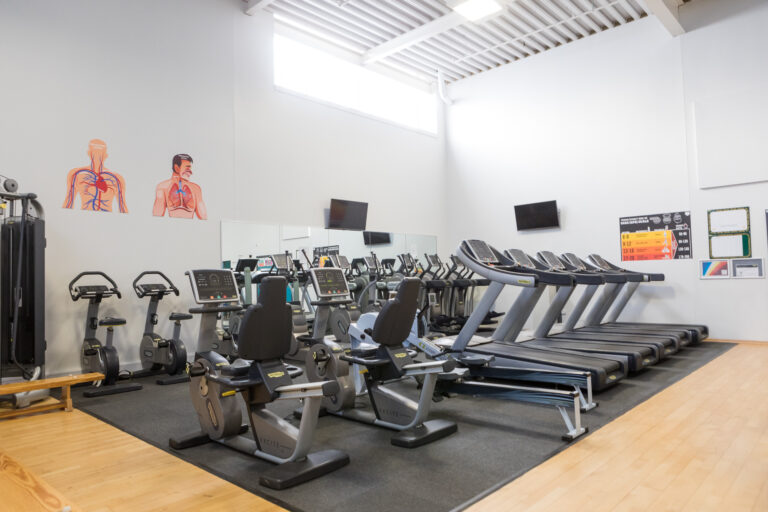
Fitness
Introduction components of fitness and training methods
Skills
Students will practically engage in a fitness related topic. They will learn how to safely use specialist equipment whilst improving various components of fitness. Students will also gain an understanding to how training methods can be applied to improve fitness for sports performance.

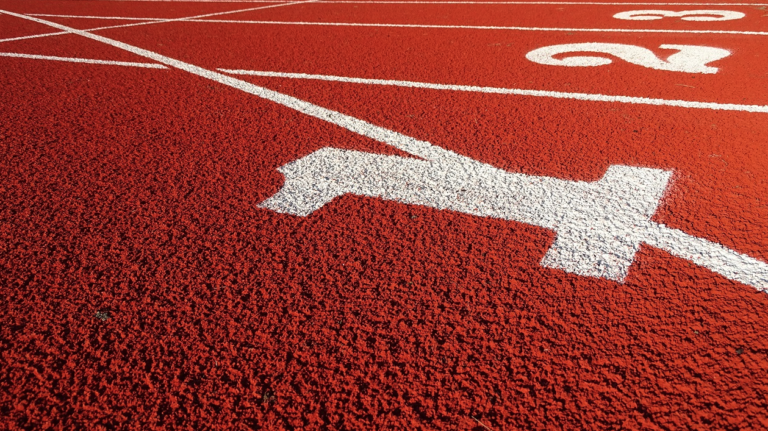
Athletics
Introduction to track and field events
Skills
Students practically learn the techniques and key performance elements of running, jumping and throwing events. Running events consist of middle distance, 100m, 200m and relay, throwing is javelin and shot put and jumping is long jump and triple jump respectively.

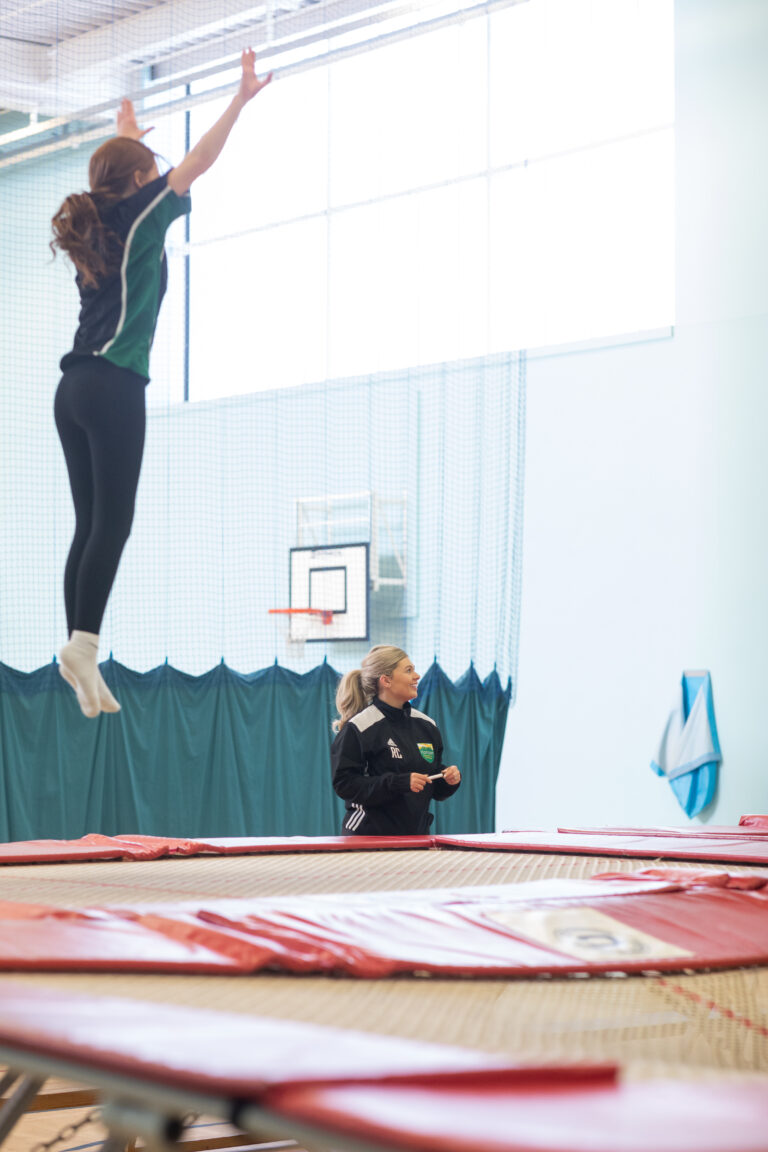
Gymnastics
Introduction to a range of gymnastic disciplines.
Skills
Students are introduced to the core principles of trampolining, vaulting and floor gymnastics. Repetition of skills, sequencing and timing are all embedded within this topic.

Year 8
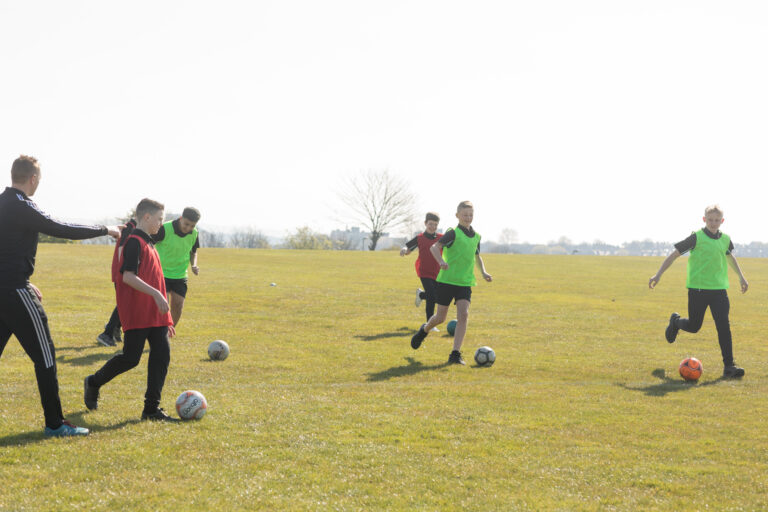
Invasion
Students continue with the theme of invasion games throughout year 8. Greater emphasis is placed upon incorporating conditioned practices and using tactical knowledge to overcome an opponent.
Skills -
All students should be working on applying the skills learnt using conditioned practices with a greater degree of difficulty. STEP (Space, time, equipment and time) principles are used and adjusted to ensure greater challenge.


Athletics
Development of track and field
Skills
All students should be working on applying the skills learnt using conditioned practices with a greater degree of difficulty. More emphasis is placed on applying the skills learnt in year 7 and embedding them into conditioned practices within a range of athletic disciplines.


Gymnastic
Students continue with the theme of gymnast disciplines throughout year 8. Greater emphasis is placed upon incorporating fluency within movements and the aesthetic look of balance and transitions.
Skills
Students refine their skills within trampolining, vaulting and floor gymnastics. Repetition of skills, sequencing and timing are incorporated within this year with an emphasis on a greater development of complex skills in conditioned routines and competitive practices.

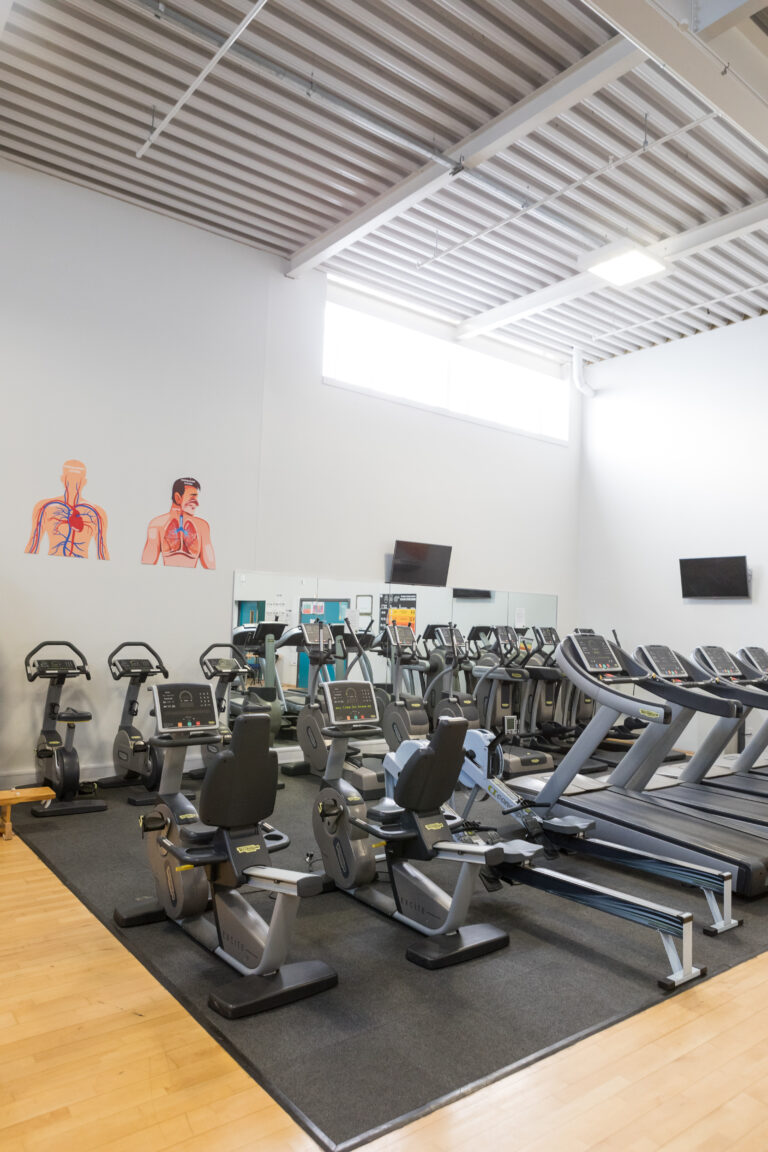
Fitness
Students continue with the theme of fitness but now have the knowledge to apply these concepts to various activities and sports across the curriculum. Students will test their fitness using fitness tests interpreting their results.
Skills
Students will test their fitness using a range of fitness tests. They will learn how to perform tests safely using correct testing protocols and interpret results against normative data. This leads to analysis of performance where recommendations for improvements can be given.

Year 9

Invasion
Games through understanding
Skills -
Key skills learnt throughout years 7 and 8 are practiced through an advancement in conditioned games and competitive situations. Students will be expected to perform skills in competitive situations maintaining control and fitness over the duration of a session.


Athletics
Competitive track and field
Skills
Students continue to develop their skills within a range of athletic disciplines. Students then transfer these skills to maximise the effectiveness of their performances whether that be in track or field events.


Fitness
Students continue with the theme of fitness but now have the knowledge to apply these concepts to various activities and sports across the curriculum. Students will test their fitness using fitness tests interpreting their results.
Skills
Students will test their fitness using a range of fitness tests. They will learn how to perform tests safely using correct testing protocols and interpret results against normative data. This leads to analysis of performance where recommendations for improvements can be given.


Gymnastics
Students continue with the theme of gymnast disciplines throughout year 9. Greater emphasis is placed upon incorporating fluency within movements and the aesthetic look of balance and transitions.
Skills
Students refine their skills within trampolining, vaulting and floor gymnastics. Repetition of skills, sequencing and timing are incorporated within this year with an emphasis on a greater development of complex skills in conditioned routines and competitive practices and competitions where they are introduced to scoring systems.

Year 10 CORE TOPICS

Invasion
Games through understanding
Skills -
Key skills learnt throughout years 7, 8 and 9 are practiced through an advancement in conditioned games and competitive situations. Students will be expected to perform skills in competitive situations maintaining control and fitness over the duration of a session.


Athletics
Competitive track and field
Skills
Students continue to develop their skills within a range of athletic disciplines. Students then transfer these skills to maximise the effectiveness of their performances whether that be in track or field events.


Fitness
Students continue with the theme of fitness but now have the knowledge to apply these concepts to various activities and sports across the curriculum. Students will test their fitness using fitness tests interpreting their results.
Skills
Students will test their fitness using a range of fitness tests. They will learn how to perform tests safely using correct testing protocols and interpret results against normative data. This leads to analysis of performance where recommendations for improvements can be given.


Gymnastics
Students continue with the theme of gymnast disciplines throughout year 9. Greater emphasis is placed upon incorporating fluency within movements and the aesthetic look of balance and transitions.
Skills
Students refine their skills within trampolining, vaulting and floor gymnastics. Repetition of skills, sequencing and timing are incorporated within this year with an emphasis on a greater development of complex skills in conditioned routines and competitive practices and competitions where they are introduced to scoring systems.

Year 10 GCSE TOPICS
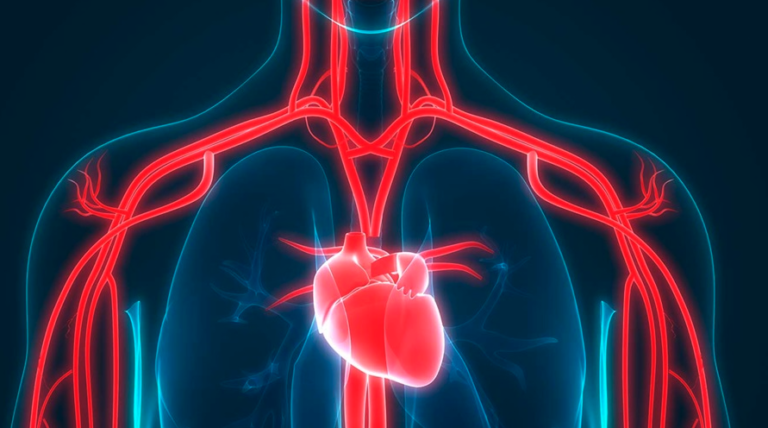
Health
Students begin year 10 with teaching around health and its links to fitness
Skills -
Students have been introduced in some form to all the topic areas that we cover through KS3 PE. Students continue to build on these skills establishing clear links between topic areas and sporting context. Students' ability to analyse is key where judgements need to be made with regards improving performance. Students are provided with key information through knowledge organisers which is used as a reference point and a tool for knowledge retrieval. They therefore need to work through the key information, identifying key facts and form ideas on arguments they may be able to use in a persuasive manner when answering longer answer exam style questions.

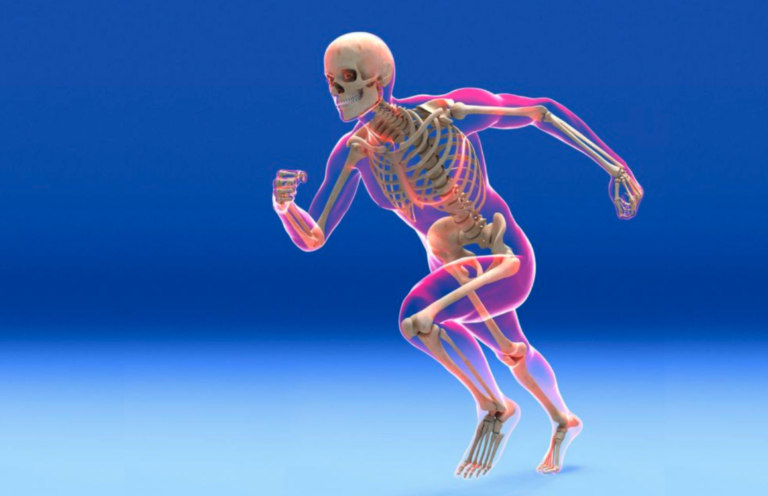
Anatomy and Physiology
Students build on their knowledge gained throughout KS3 on wide concepts of Anatomy and Physiology, subject matter includes the skeletal, muscular and cardiorespiratory systems and their links to sport.
Skills
Students have been introduced in some form to all the topic areas that we cover through KS3 PE. Students continue to build on these skills establishing clear links between topic areas and sporting context. Students' ability to analyse is key where judgements need to be made with regards improving performance. Students are provided with key information through knowledge organisers which is used as a reference point and a tool for knowledge retrieval. They therefore need to work through the key information, identifying key facts and form ideas on arguments they may be able to use in a persuasive manner when answering longer answer exam style questions.

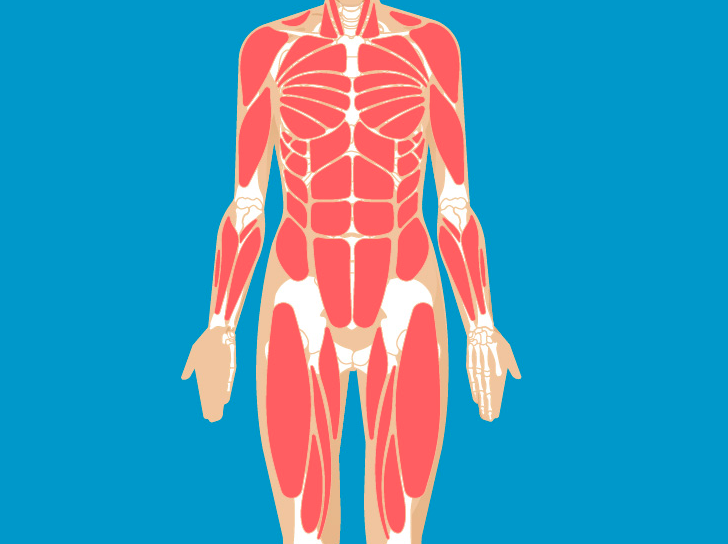
Movement Analysis
Students use the knowledge acquired throughout the course to link the skeletal and muscular systems to levers. Students will gain an understanding of movement in sports performance and planes of movement and axis rotation.
Skills
Students have been introduced in some form to all the topic areas that we cover through KS3 PE. Students continue to build on these skills establishing clear links between topic areas and sporting context. Students' ability to analyse is key where judgements need to be made with regards improving performance. Students are provided with key information through knowledge organisers which is used as a reference point and a tool for knowledge retrieval. They therefore need to work through the key information, identifying key facts and form ideas on arguments they may be able to use in a persuasive manner when answering longer answer exam style questions.


Sports Psychology
Students are provided with opportunities to draw upon their experiences within this module. Students study skills and abilities, effective goal setting, using data effectively and understanding feedback to maximise impact on performance.
Skills
Students have been introduced in some form to all the topic areas that we cover through KS3 PE. Students continue to build on these skills establishing clear links between topic areas and sporting context. Students' ability to analyse is key where judgements need to be made with regards improving performance. Students are provided with key information through knowledge organisers which is used as a reference point and a tool for knowledge retrieval. They therefore need to work through the key information, identifying key facts and form ideas on arguments they may be able to use in a persuasive manner when answering longer answer exam style questions.

Year 10 BTEC Unit/TOPICS

Unit 1 Preparing Participants to Take Part in Sport and Physical Activity
Learners will explore the different types of provision for sport and physical activity available for different types of participants, barriers to participation and ways to overcome these barriers to increase participation in sport and physical activity. They will also research equipment and technological advances in a chosen sport or physical activity and how to prepare their bodies for participation in sport and physical activity. To contextualize sport in the UK you will gain an understanding of the different providers of sport and careers that are available to you in each area. This will also develop your knowledge of different types of sport and how suitable they are for certain groups of people. The context of sport in general society will then be explored to demonstrate progression routes and identify realistic job opportunities. In this component, you will also explore how technology can enhance and develop performance in sport and physical activity. This component investigates the benefits that technological advances have created in the sector and the potential limitations that technology may still have. It is important to have a healthy body if you want to be successful in sports and activities. This component focuses on the impact of sport and activity on the body systems, giving you the fundamental underpinning knowledge for study in this sector. You will study the short- and long-term effects of regular participation in exercise to understand how we can enhance our body systems through sport. In this component, you will develop transferable skills such as research and analytical skills and will give you opportunities to develop skills in the different technologies used in sport and activity, which will support your progression to Level 3 vocational or academic qualifications.
Learning Aim A -
Explore types of provision of sport and physical activity for different types of participants
Learning Aim B -
Examine equipment and technology required for participants to use when taking part in sport and physical activity
Learning Aim C -
Be able to prepare participants to take part in sport and physical activity.


Unit 2 Taking Part and Improving Other Participants Sporting Performance
Learners will investigate the components of fitness and their effect on sport performance, take part in practical sport, explore the role of officials in sport and learn to apply methods and sporting drills to improve other participants’ sporting performance. Participation in sport continues to grow, as we become more aware of the benefits of taking part in regular physical activity. Engaging young people through sport is a key political agenda, both because current National Health statistics show that obesity in young children is rapidly increasing and also because we strive for excellence and success at major sporting events. This component focuses on learning about sport through participation as a player, understanding the roles of an official and learning about practical ways to improve other participants' sporting performance. This will help you to develop your own sporting skills as well as give you a good understanding of the rules of the sport so that you are able to adhere to these rules when participating. In addition, it will also help you understand and apply different methods to improve other participants' sporting performance. This component introduces you to the different Components of physical and skill related fitness and how they impact on performance in a variety of different types of sport and physical activities. You will explore the different skills required for participation and the different strategies that can be used to develop performance. Having a good understanding of the rules of sport is important for both participant and officials. You will learn about the different types of official and their roles in different sports and the rules of the different sports. Lastly, this component will help you to explore ways to improve other participants sporting performance through breaking down skills and techniques into their component parts and using demonstrations, teaching points and appropriate drills to develop and improve their performance. In this component, you will develop transferable skills, such as communication, problem solving and analytical skills. It will give you opportunities to develop and improve your own and others sporting performance, which will support your progression to Level 3 vocational or academic qualifications.
Learning Aim A -
Understand how different components of fitness are used in different physical activities
Learning Aim B -
Be able to participate in sport and understand the roles and responsibilities of officials
Learning Aim C -
Demonstrate ways to improve participants' sporting techniques


Unit 3 Developing Fitness to Improve other Participants Performance in Sport and Physical Activity (To be completed in year 2 of the course (2023-24)
All sports performers want to be the best they can be. To reach optimal levels requires years of dedication to training. Working closely with their coach, the performer will gain and appreciation and understanding of the different fitness components, fitness tests, training methods and principles of training that can be incorporated into their training regime to further enhance and improve their sports performance. Physical and skill related fitness components, including aerobic endurance, body composition and power, are related to positive health and well-being. Sports performers train regularly to improve and maintain their fitness levels and performance. Their training programs are tailored to their specific training needs and their sports. A performers training cycle can incorporate lots of different fitness training methods such as circuits for muscular strength and endurance. Incorporating different fitness training methods keeps training interesting, which helps to keep motivation levels high. Before different training methods can be explored, the sports performer needs to find out about their baseline fitness levels and what measures need to be improved. Fitness tests are essential: they help to identify areas that need improvement and to track fitness improvement and progress over time. Fitness test results give an objective overview of performance and are used by sports coaches to ensure training continues to meet the performers' needs. This component is particularly relevant if you would like to progress into sports coaching, elite sport or personal training Assessment This external component builds on knowledge, understanding and skills acquired and developed in component 1 and 2 and includes synoptic assessment. Learners will apply their applied knowledge and understanding of the body's reaction to participants taking part in physical activity and the components of fitness to develop fitness. An exam worth 60 marks (40%) will be completed in January/February 2024 and May/June 2024 if an additional exam sitting is required.
Learning Aim A -
Demonstrate knowledge of facts, components of fitness, fitness tests, training methods/ processes/ principles in relation to improving fitness in sport and exercise
Learning Aim B -
Apply an understanding of facts, components of fitness tests, training methods/processes/principles in relation to improving fitness in sports and exercise
Learning Aim C -
Make connections with concepts, facts, components of fitness, fitness tests, training methods/ processes/ principles in relation to improving fitness in sport and exercise

Year 11 Core Topics

Invasion
Games through understanding
Skills -
Key skills learnt throughout years 7, 8. 9 and 10 are practiced through an advancement in conditioned games and competitive situations. Students will be expected to perform skills in competitive situations maintaining control and fitness over the duration of a session.


Athletics
Competitive track and field
Skills
Students continue to develop their skills within a range of athletic disciplines. Students then transfer these skills to maximise the effectiveness of their performances whether that be in track or field events.


Fitness
Students continue with the theme of fitness but now have the knowledge to apply these concepts to various activities and sports across the curriculum. Students will test their fitness using fitness tests interpreting their results.
Skills
Students will test their fitness using a range of fitness tests. They will learn how to perform tests safely using correct testing protocols and interpret results against normative data. This leads to analysis of performance where recommendations for improvements can be given.


Gymnastics
Students continue with the theme of gymnast disciplines throughout year 9. Greater emphasis is placed upon incorporating fluency within movements and the aesthetic look of balance and transitions.
Skills
Students refine their skills within trampolining, vaulting and floor gymnastics. Repetition of skills, sequencing and timing are incorporated within this year with an emphasis on a greater development of complex skills in conditioned routines and competitive practices and competitions where they are introduced to scoring systems.

Year 11 GCSE Topics

Sports Psychology
Students build on their work from year 10 studying arousal theories, the relationship of aggression in sporting context and motivational factors of various participant groups.
Skills -
Students will continue to use the skills and expertise gained throughout the course applying it both practically and within theoretical context. Students are provided with key information through knowledge organisers which is used as a reference point and a tool for knowledge retrieval. Student’s therefore need to be organised to work independently revisiting key information and concepts to consolidate understanding. During this year students will use utilise their knowledge completing an in-depth analysis of their personal performance in one chosen sport which contributes towards the practical grading of the course.


Physical Training
Students combine practical physical training with the theoretical knowledge that underpins it. Components of fitness, fitness testing, principles of training and interpreting results all interleave to give a rounded understanding of this module.
Skills
Students will continue to use the skills and expertise gained throughout the course applying it both practically and within theoretical context. Students are provided with key information through knowledge organisers which is used as a reference point and a tool for knowledge retrieval. Student’s therefore need to be organised to work independently revisiting key information and concepts to consolidate understanding. During this year students will use utilise their knowledge completing an in-depth analysis of their personal performance in one chosen sport which contributes towards the practical grading of the course.

Socio Cultural Influences
Students study how choice may be shaped by several influence's that include gender, race, religion, culture, age, family and disability.
Skills
Students will continue to use the skills and expertise gained throughout the course applying it both practically and within theoretical context. Students are provided with key information through knowledge organisers which is used as a reference point and a tool for knowledge retrieval. Student’s therefore need to be organised to work independently revisiting key information and concepts to consolidate understanding. During this year students will use utilise their knowledge completing an in-depth analysis of their personal performance in one chosen sport which contributes towards the practical grading of the course.

Commercialisation
The commercialisation of sport has rapidly evolved within specific sporting disciplines, students will gain an understanding to how money shapes and influence's sports often changing how it is governed to captivate audience attention. Students will study the Golden Triangle.
Skills
Students will continue to use the skills and expertise gained throughout the course applying it both practically and within theoretical context. Students are provided with key information through knowledge organisers which is used as a reference point and a tool for knowledge retrieval. Student’s therefore need to be organised to work independently revisiting key information and concepts to consolidate understanding. During this year students will use utilise their knowledge completing an in-depth analysis of their personal performance in one chosen sport which contributes towards the practical grading of the course.

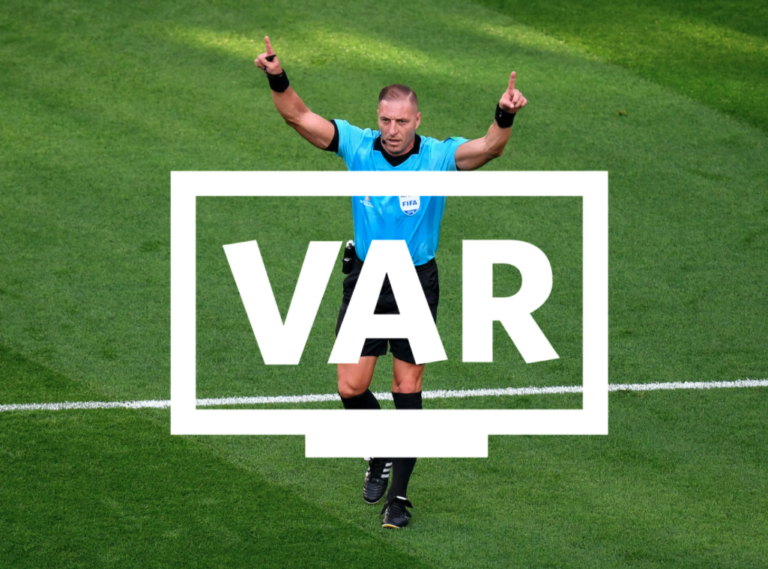
Technology in Sport
Students will gain understanding to how technology has influenced sport over the years from an influence and advancement viewpoint.
Skills
Students will continue to use the skills and expertise gained throughout the course applying it both practically and within theoretical context. Students are provided with key information through knowledge organisers which is used as a reference point and a tool for knowledge retrieval. Student’s therefore need to be organised to work independently revisiting key information and concepts to consolidate understanding. During this year students will use utilise their knowledge completing an in-depth analysis of their personal performance in one chosen sport which contributes towards the practical grading of the course.

NEA Coursework (Analysis of Performance)
Students throughout the practical element of the course will opt for one sport which they will conduct an in- depth analysis of their own performance.
Skills
Students will continue to use the skills and expertise gained throughout the course applying it both practically and within theoretical context. Students are provided with key information through knowledge organisers which is used as a reference point and a tool for knowledge retrieval. Student’s therefore need to be organised to work independently revisiting key information and concepts to consolidate understanding. During this year students will use utilise their knowledge completing an in-depth analysis of their personal performance in one chosen sport which contributes towards the practical grading of the course.
Year 11 BTEC UNIT/Topics

Unit 3 Applying the Principles of Personal Training
This unit is all about you, the individual performer, training to improve and enhance personal fitness for one activity/sport you participated in for Unit 2: Practical Performance in Sport. You must select one component of fitness and one method of training that is most appropriate, beneficial and engaging to improve your fitness for your chosen activity/sport. This may mean training with a group of friends in a local park or using a personal fitness training programme at a local sports club or leisure centre. Whatever the setting, the design of the training programme must be tailored to meet your personal training goals, aspirations and needs. Remember, everyone starts somewhere, so don’t worry if your current fitness levels are a little below par. This unit supports you in achieving personal training goals for your chosen activity/sport. Likewise, if you already possess good to exceptional levels of fitness, then this unit will help you to develop a training programme to maintain or improve those levels, while giving you the opportunity to safely explore other training methods you might not usually experience. You will also explore how your body responds to the training sessions. This unit is synoptic and designed so that you think about all of your learning from across the qualification and use it to respond to the assessment. Therefore, it should be taken at the end of the course of study. The content is covered with 4 Learning Aim Tasks.
Learning Aim A -
This takes you through the stages of designing a personal fitness training programme, where you can select a component of fitness and an appropriate method of training to improve or maintain your fitness levels safely for your chosen activity/sport.
Learning Aim B -
Gain awareness of the musculoskeletal and cardiorespiratory body systems and how they respond during the exercise.
Learning Aim C -
Implement your personal fitness training programme, maintaining a training diary.
Learning Aim D -
Review your programme, looking at strengths, areas for improvement and suggesting recommendations for future training and performance. The ability to improve personal fitness is essential for sports performers. However, the same knowledge, understanding and skills are required to improve other people’s fitness and are essential for a number of progression opportunities in the sector, such as qualifications for sports coaches and personal trainers.


Unit 5 The Sports Performer in Action
A month ago, you could barely run two miles; your heart would be racing and your leg muscles would be sore. Now, after running four times a week, a three-mile run is no sweat. So, what's going on inside your body? Anyone who has exercised regularly has experienced the thrill of improving. We improve because we train. But how exactly does your body adapt to training? In what way do your muscles change? What happens to your heart? Why doesn’t it beat as fast when you're ‘in shape’? When a person exercises regularly, the body undergoes several short-term effects, such as increased breathing and heart rate. However, as their training progresses, they’ll start to notice that the short-term effects first observed change and they develop different long-term adaptations, such as a slower heart rate than before and a more controlled and easier breathing rate when they exercise. But why do these changes take place? What causes the change in physiological responses over a period of time? This unit will look at the training effects that occur when a person regularly participates in sport and physical activity over a given period of time. The content is covered with 2 Learning Aim Tasks.
Learning Aim A -
Discovering musculoskeletal and cardiorespiratory systems and how they function normally (before a training programme, taking part in exercise/sport regularly) and how they can function as a result of taking part in training/exercise/sport over a length of time.
Learning Aim B -
Explore the energy systems for different sporting activities. So, if a performer needs energy quickly, they’ll rely on energy already stored within the body. For a longer-term period of sport or exercise the body struggles to store a lot of energy, but it can make energy from resources inside and outside the body.
